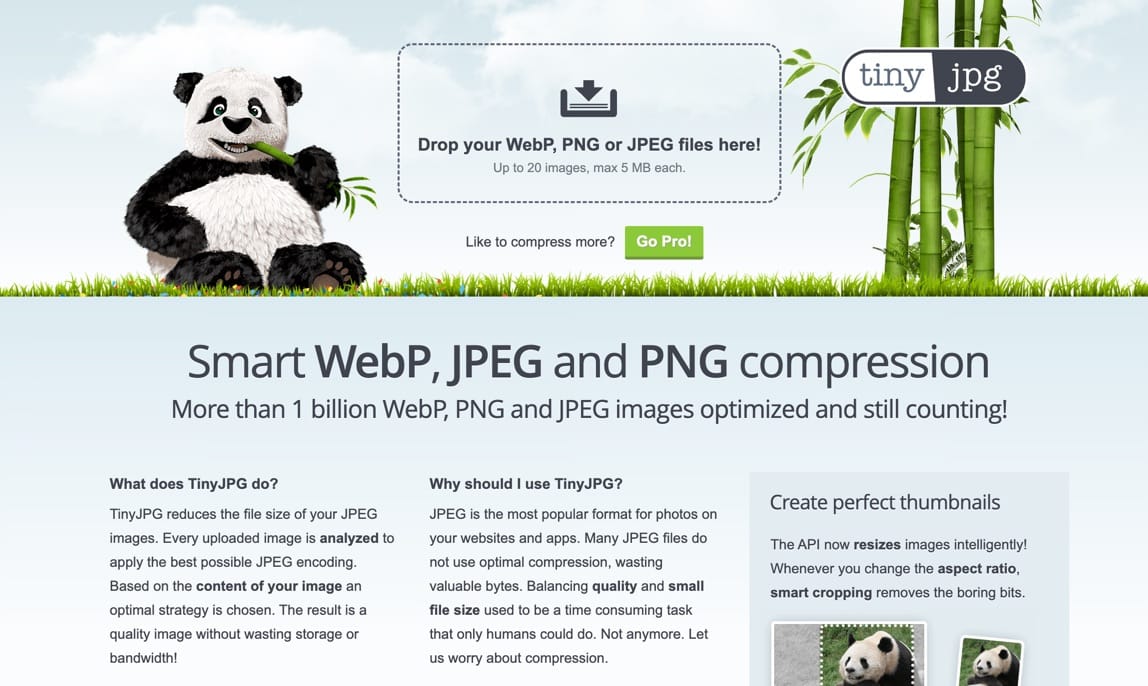Optimising Your Artwork
Creating an impressive portfolio isn’t just about showcasing your best work—it’s also about ensuring your images are optimized for the web. High-quality visuals should load quickly and display beautifully without compromising the experience for viewers, especially in areas with slower internet speeds.
Image Recommendations
- Size: Use images with a longest edge of 2,000–4,000 pixels.
- Resolution: Set the resolution to 72 dpi (dots per inch), the standard for web images. Higher resolutions, such as 300 dpi, are unnecessary for online viewing and will only increase file sizes.
- Format: Save images as JPEGs for the best balance of quality and file size.
How to Optimise Your Images
We highly recommend using tools like TinyJPEG or TinyPNG to compress your files without noticeable quality loss. Here’s how:

- Visit the TinyJPEG or TinyPNG website.
- Drag and drop your image files onto the page.
- Download the optimised files and upload them to your portfolio.
These tools help reduce file sizes significantly, ensuring faster loading times for your portfolio without sacrificing visual quality.
Leave GIFs at the Door
While GIFs might be fun, they’re not ideal for showcasing your portfolio. They’re heavy, clunky, and can ruin the browsing experience, especially for users with slower internet speeds.
Why Optimisation Matters
Optimising your portfolio ensures your work looks professional, loads quickly, and reaches the widest audience. An efficient portfolio reflects the thoughtfulness you put into every aspect of your presentation.